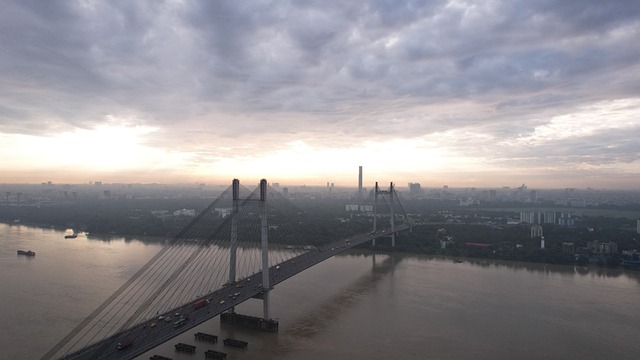The unusually early onset of warmer temperatures across the parts of India has rung the alarm about another impending energy and agricultural crisis like the previous year.
The India Meteorological Department (IMD), earlier this week, issued a heatwave alert for Northwest, West, Central and East India, and advised farmers to check wheat and other crops for heat stress. As per climate specialists, this early warning from IMD, suggests that India could enter the summer season earlier than expected, skipping the spring season entirely.
The effect of ‘higher normal temperature’ goaded KS Hosalikar, an IMD scientist, to take Twitter and advice the commoners to take precaution while they are outside. The vagaries of the weather have been glaringly seen in the relatively cooler places like Uttarakhand and Himachal Pradesh, that reeled under intense snowfall last month, and are now experiencing 11 degree C higher temperature than the normal one.
As per climatology, If temperature in the plains exceeds 40 degree C, or are about 4.5 degree C higher than the normal, these areas are said to be experiencing a heatwave. For the mountains, this threshold is 30 degree C, and for the coastal areas, 37 degree C.
By these definitions, several places in India have been experiencing heat wave conditions for the last few days. However, such heat wave declarations by the IMD, which trigger follow-up action by the local administration, are meant only for the period of April-July, not for February or March.
Such a drastic temperature rise, as much as 10 degree C higher than normal temperature, has already pushed electricity demand to near record levels in recent weeks, and forecasts an unavoidable strain on power supply due to an increasing consumption of irrigation pump and air conditioners.
Power stations that use imported coal, are already on high alert to work with their full capacity as, pursuant to the power ministry, there is a probability of electricity demand, fuelled by the temperature rise, reaching a new high of 229 gigawatts in April. It is clear that the power sector is worried by an ensuing power squeeze accompanied by pressure on domestic coal supplies and nationwide blackout.
Such abnormal temperature rise has chiefly affected Delhi, Maharashtra, Gujarat. As per a report published in Indian Express, Delhi is expected to encounter a blazing 33 degree C (Maximum temperature) before the festival of Holi even though the capital of India had experienced around 24.2 degree C as maximum temperature in February during 1981 to 2010.
Reasons for the rising heat
The raison d’etre for this sweltering condition is weak western disturbances that haven’t brought sufficient winter showers. Mahesh Palawat, vice president of Skymet weather, while speaking to the print, explained that strong western disturbances caused intense snowfall in the northern hilly regions in January, but the intensity of the western disturbances has been reduced in February and resulted in a temperature rise.
Agriculture likely to be affected
Indian Agricultural Research Institute (IARI), as well as the IMD, issued a warning to the wheat growers. The organisations stated that the prevailing la nina condition during February and March would be superseded by an el nino in April and June, which would likely trigger a deficit in adequate monsoon rain and rust disease in wheat, albeit the IARI indicated that the buffer of wheat in India is robust enough.
It is to be mentioned that in March, last year, the abnormal heat affected wheat harvesting, but the export of wheat was steady as the supplies of wheat from Ukraine were affected due to the Russia-Ukraine war.
Join our channels on Telegram and WhatsApp to receive geopolitical updates, videos and more.




